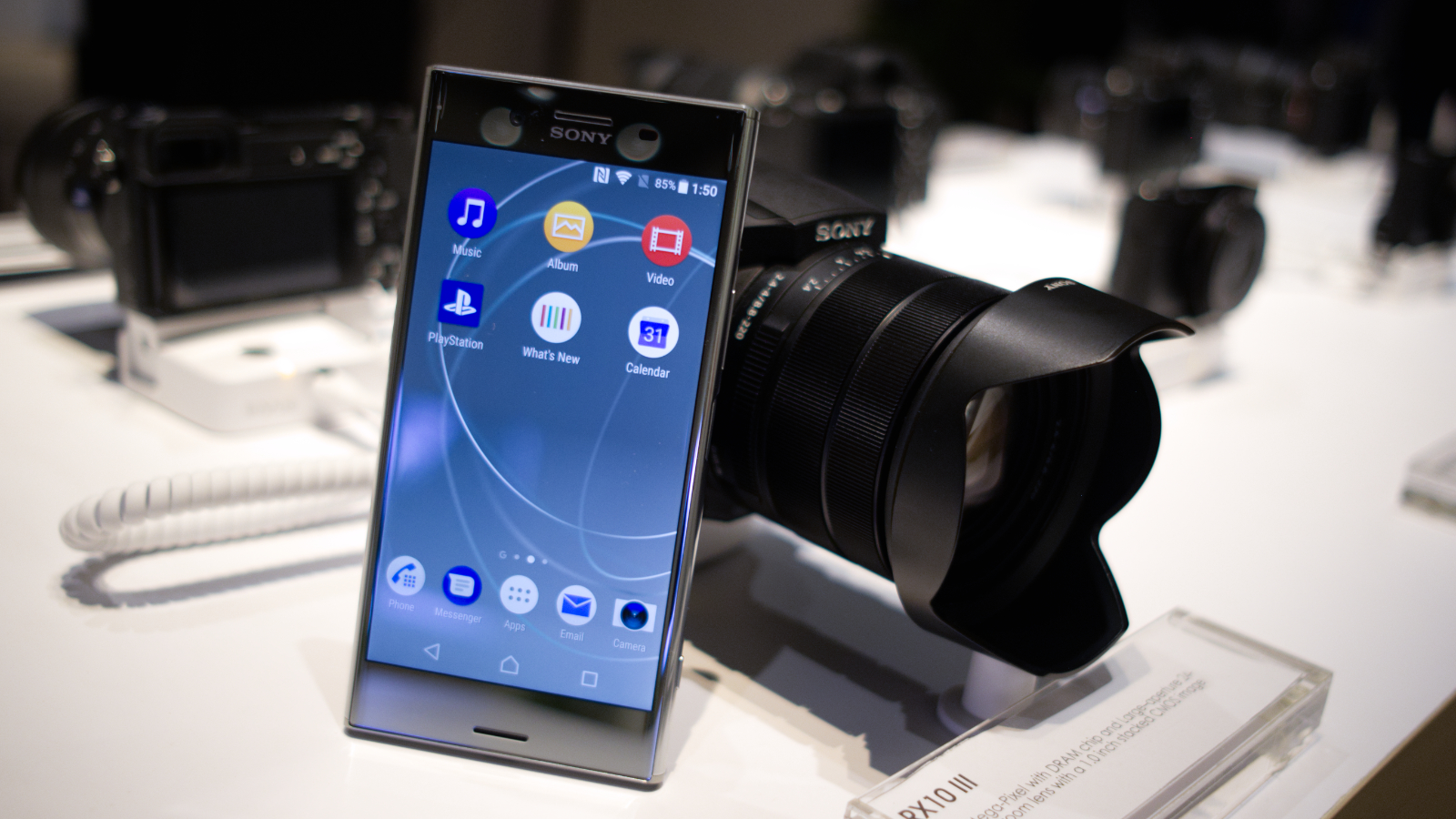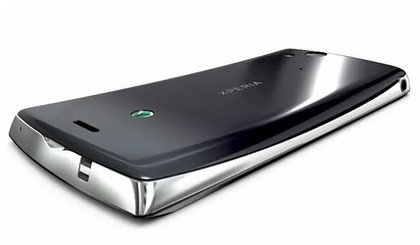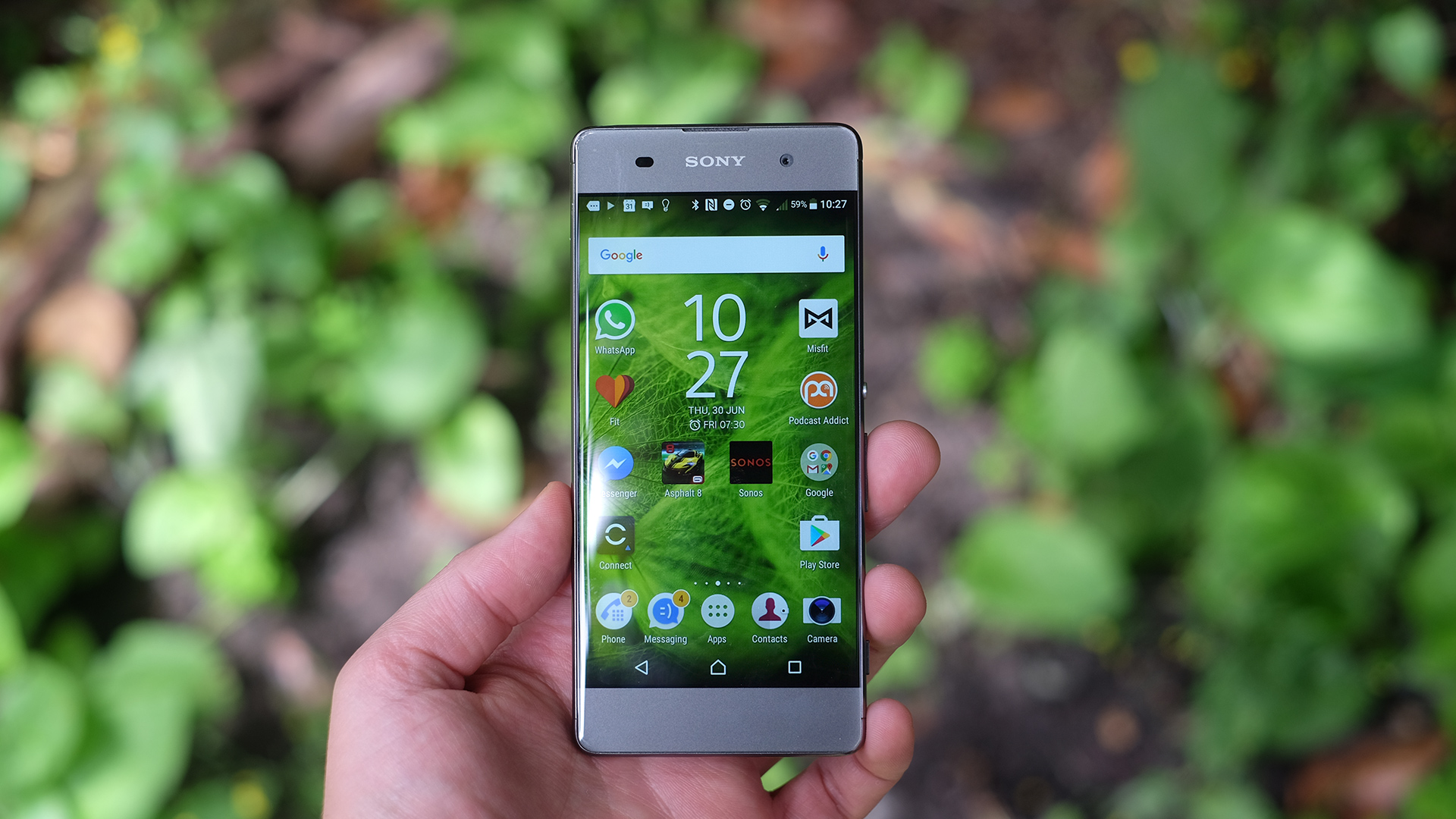Sony really needs to follow Samsung and LG with longer phone displays
The time for bezels is over

Look, I know it’s a niche thing to talk about - but the news today that Sony might be considering an 18:9 display for its next handset is excellent news for the smartphone-buying public.
If you missed it, Japan Displays Inc (JDI) has announced a 6-inch display using the new aspect ratio, similar to what we’ve seen on the LG G6 and the Samsung Galaxy S8.
As Sony is one of three brands that make up JDI (the others being Hitachi and Toshiba) and has used JDI panels in its phones in the past, it’s not a big leap to assume it could do the same here.
The 18:9 aspect ratio is basically just a bit longer than the 16:9 seen on most smartphones and TVs these days. It's a format that LG extolled the virtues of on stage as Univisium, something that's more true to life for movies and TV shows.
Whether it will take off as an option for future programming remains to be seen, but having an 18:9 display on a smartphone certainly makes the device look, well, just more futuristic. And in the current climate of all phones looking rather similar, that can only be a good thing for Sony.
I appreciate the irony in me saying that Sony should copy other brands to look unique, but that's missing the point. Sure, it's been done already - and come September, we'll likely see the iPhone 8 taking the same path as well, as Apple looks to shed the bezels and offer more screen to look at on its next handset.
But Sony has heritage in screen technology, dialling up the quality on its Xperia phone displays using its own engineering for years. Sony knows how to make a decent panel - supplying others in the smartphone industry for a long time - so following this announcement it needs to reap the benefits of what it's subsidiary is up to.
Sign up for breaking news, reviews, opinion, top tech deals, and more.
The time is right
Sony phones need a design reboot - this is something I've been saying for years, and now that bezels are quickly going out of fashion it's time to take the plunge.
While I appreciate that there's an iconic look to the Sony phone, and the brand has done some nice stuff to make the black rectangle more attractive in recent years, a Sony Xperia XZ 2 with very little bezel would look sensational.
And I’m not saying if Sony put out a phone with minimal bezels it would instantly be a hit - no, the reason is that the Japanese brand (despite indifferent sales in recent years) is still one of the most technically adept smartphone manufacturers out there.

I defy anyone to watch HDR content on the new Sony Xperia XZ Premium, with its pin sharp 4K screen, and not be overwhelmed by the quality on a smartphone. Sure, it's overkill to some, but the effect is superb.
Audio, camera and battery management are also all huge strengths that the brand has - OK, it often doesn't present them in the most user-friendly way, but the technical capability is there. If you're buying a Sony phone, you're still buying something from an electronics powerhouse.
Mid-range or more?
So, back to the original point: if Sony does incorporate this new 6-inch QHD panel with very little bezel into its new phone, then it could have a real hit on its hands... or at the very least, keep up with the main pack as it seeks to refine its efforts in creating a world-beating handset.
What's interesting here is how Sony would use such a panel - some reports are saying it would be used for a mid-range phone, which would be curious (but not unbelievable) for a couple of reasons:
Firstly, Sony's best-looking phone for the last few years is the Sony Xperia XA... a phone that sits at the lower end of the smartphone scale. With a lower-power processor, less RAM and a shrug-worthy spec sheet than some of Sony's flagship phones, you could have easily missed it.
But it had a display that was bright, colorful and really minimised the bezels. It was the phone that the Xperia X should have been, bringing the idea of a larger screen to the wider audience 18 months ago.
So if Sony was to trial a new technology, it being on a less-prominent phone does make a modicum of sense.

Secondly, it's a good test bed ahead of the expected release of another flagship smartphone in Barcelona next year, at MWC 2018. If a mid-range longer phone performs well at a time when there's not a lot of 18:9 content around, Sony might be better convinced to take the leap to the format for all smartphones going forward, especially if the rest of the industry is embracing it.
Although there's a third option: that this new display type isn't going to be used in a mid-range phone but a new flagship device in September this year, when IFA 2017 rolls around. The timescales kind of match up, and it would be a good moment to draw attention to Sony's brand just before Apple goes live with the iPhone 8.
I'd really like to see that happen - not because I have any interest in Sony doing well, but the more brands that are doing genuinely innovative things and pushing the quality of smartphones forward, the more choice the consumer will have - and that can only be a good thing.
- While we're here, the Samsung Galaxy Note 8 really needs a 4K screen too

Gareth has been part of the consumer technology world in a career spanning three decades. He started life as a staff writer on the fledgling TechRadar, and has grew with the site (primarily as phones, tablets and wearables editor) until becoming Global Editor in Chief in 2018. Gareth has written over 4,000 articles for TechRadar, has contributed expert insight to a number of other publications, chaired panels on zeitgeist technologies, presented at the Gadget Show Live as well as representing the brand on TV and radio for multiple channels including Sky, BBC, ITV and Al-Jazeera. Passionate about fitness, he can bore anyone rigid about stress management, sleep tracking, heart rate variance as well as bemoaning something about the latest iPhone, Galaxy or OLED TV.